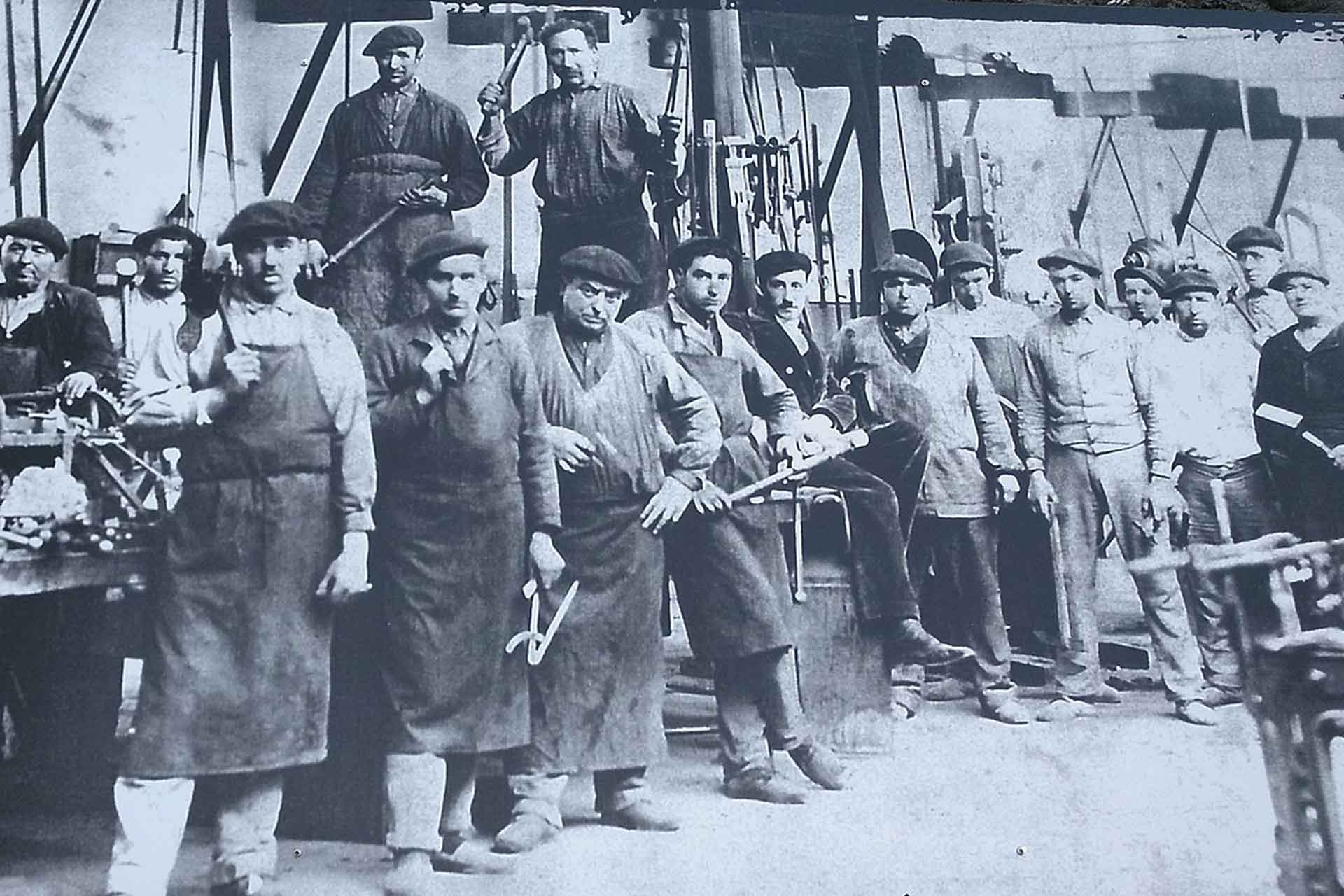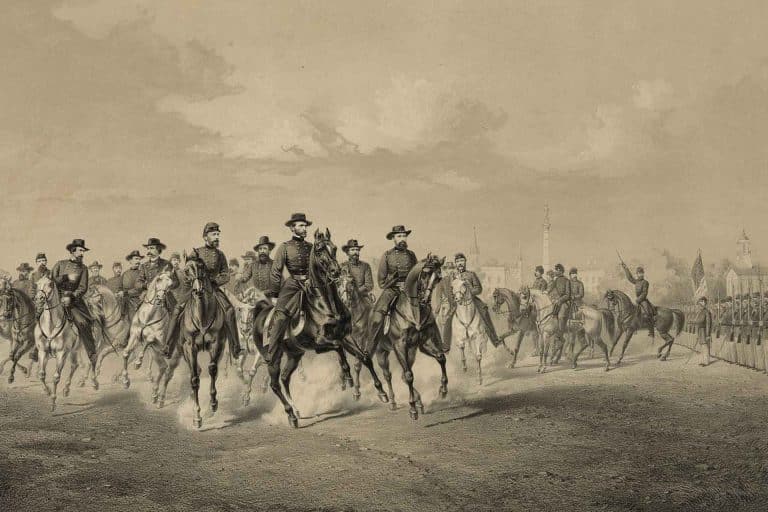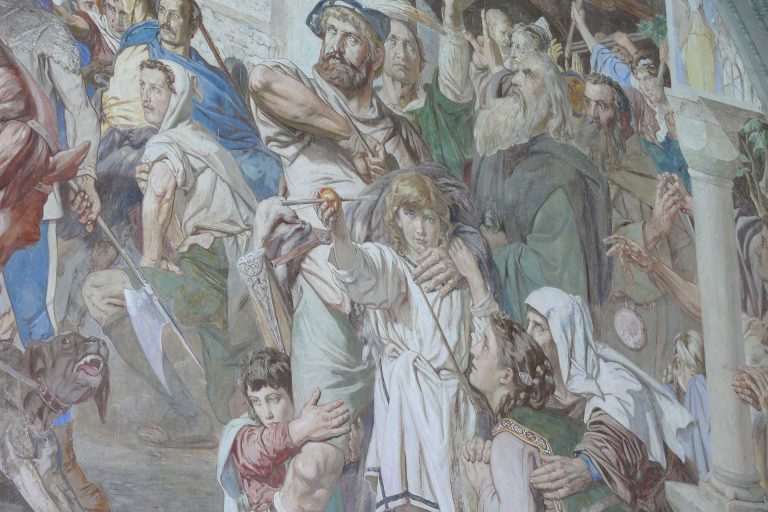The 7 Biggest Impacts the Industrial Revolution had on the Working Class
The Industrial Revolution, spanning the late 18th to early 19th centuries, stands as one of the most transformative periods in human history. Originating in Britain, this epochal shift saw the transition from hand-made production methods in small workshops to machine-driven processes in large-scale factories. Rapid advancements in machinery, especially in textile manufacturing, and innovations in steam power and metallurgy, redefined industries and societal structures alike.
While the Industrial Revolution brought about technological marvels and undeniably boosted economic growth, it also led to profound changes in society, particularly for the working class. As factories mushroomed across landscapes, they pulled people from their rural roots, reshaping urban demographics and redefining work cultures. For many laborers, this era marked a period of significant challenges, economic vulnerabilities, and a fight for rights and recognition.
In the unfolding narrative, we’ll delve deeper into the seven most significant impacts that this transformative era had on the lives and aspirations of the working class.
Urbanization: The Rise of Industrial Cities on Both Sides of the Atlantic

The phenomenon of urbanization became inseparably intertwined with the Industrial Revolution’s narrative. As factories burgeoned, they beckoned countless individuals from rural landscapes to the throbbing hearts of newly industrialized cities. This transformation wasn’t just confined to the UK but echoed across the vast expanse of the Atlantic in the United States as well. In the UK, cities like Manchester, hailed as the “Cottonopolis,” along with Liverpool and Birmingham, became titans of industrial growth.
Simultaneously, across the ocean, American cities like Pittsburgh, with its burgeoning steel industry, and Lowell, Massachusetts, known for its textile mills, experienced similar surges in population and industry. This trend quickly found its way all over the modernized world with countless cities and industrial works popping up becoming the prevalent employers.
Yet, this rapid urban ascent presented a mosaic of challenges. Cities on both continents grappled with infrastructural strains, unable to accommodate the influx of hopeful workers. Densely populated neighborhoods, with families stacked atop one another in cramped quarters, became a common sight. Sanitation services lagged behind, often leading to dire health implications like cholera outbreaks in these densely populated areas. The promise of industrial prosperity, it seemed, was shadowed by urban hardships, challenging the new urbanites in both America and Britain to adapt and endure.
Working Conditions: Grueling Realities Inside the Factories
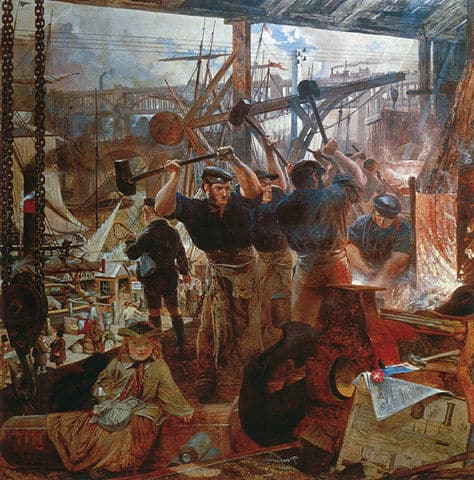
The dawn of the Industrial Revolution marked a seismic shift in the nature of work. Prior to the revolution, many laborers were accustomed to the rhythms of agrarian life, with its changing seasons and varied tasks. But with the advent of factories, a new kind of workplace emerged—one dominated by machines, steam, and the relentless ticking of the clock.
Inside these cavernous establishments, workers found themselves part of a vast human mechanism. Repetitive tasks became the norm, with individuals often responsible for just one small step in a much larger production process. This monotony was compounded by exhaustingly long hours, where a 16-hour workday wasn’t the exception but rather the rule. Amidst the cacophony of machinery, laborers toiled without the luxury of ample rest, their efforts measured against the relentless pace of production.
However, fatigue and monotony were not the only adversaries the working class faced. The early days of the Industrial Revolution saw a glaring oversight in the realm of worker safety. Factories were labyrinthine mazes of belts, gears, and steam, with little in the way of safety protocols. Accidents were frequent, sometimes catastrophic, and could range from severe injuries to fatalities. Amidst the hum of progress, the clamor for better working conditions became a rallying cry, underscoring the complex legacy of the Industrial Revolution.
Child Labor during the Industrial Revolution
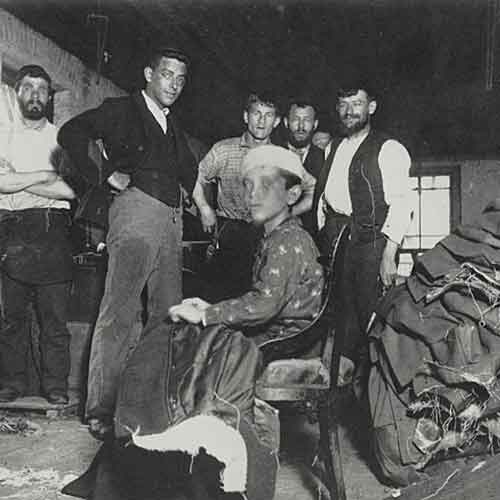
The period of rapid industrial growth was not only marked by transformations in manufacturing and urban development, but also by a darker, more heart-wrenching narrative: the widespread exploitation of child labor. The image of children, some barely out of their toddler years, working alongside adults in hazardous factory environments is one of the most poignant symbols of the Industrial Revolution’s underbelly.
These young workers were particularly sought after for specific roles in factories, primarily because of their diminutive stature. Their small hands and nimble fingers made them particularly adept at tasks like changing spools, fixing minor machine glitches, or crawling into tight spaces larger adults couldn’t access. However, the perceived utility of these young laborers wasn’t the only reason for their employment. The societal norms of the time had not yet fully acknowledged the importance of childhood as a unique and protected period of life. Children, especially those from impoverished backgrounds, were expected to contribute to their family’s income. And factories were more than willing to exploit this, offering them employment at wages significantly lower than their adult counterparts.
Yet the cost of such labor went far beyond meager pay. The physical and emotional toll on these young workers was immense. Long, grueling hours in the factory robbed them of their childhood joys and education. Their tender age made them more susceptible to the dangers of the factory, from accidents to long-term health impacts. It’s a chilling reminder of the sacrifices made in the name of progress and the ethical boundaries societies sometimes cross in pursuit of economic growth.
The Shift to Wage Labor: A Double-Edged Sword

Before the sweeping changes brought about by the Industrial Revolution, much of the population engaged in subsistence farming, handicrafts, or worked within a guild system where skills were honed and passed down through generations. This often familial or community-based work structure meant individuals had a direct connection to, and often control over, the means of production and the products they created. They sold or bartered goods directly, allowing them to see the fruits of their labor and directly influence their economic wellbeing.
However, the rise of factories and mass production techniques ushered in a significant shift in the employment landscape. Instead of producing goods themselves, many workers started selling their labor to factory owners for a set wage. This shift to wage labor dramatically changed the worker’s relationship with their work and its end products. They became cogs in a much larger machine, often with no direct connection to the finished product. This disconnection frequently resulted in a sense of alienation, as workers no longer saw the direct results of their labor.
Furthermore, wage dependency introduced a new set of vulnerabilities. Fixed wages might bring stability in good times, but during economic downturns, workers faced the immediate threat of layoffs, wage reductions, or factory closures. Their livelihood was no longer anchored in their skills or goods they could produce but was instead tied to the broader economic climate and decisions made by factory owners and managers. In essence, while the Industrial Revolution promised prosperity and advancement for many, it also introduced new complexities and challenges for the working class, who found themselves navigating the unpredictabilities of a wage-dependent existence.
The Rise of Labor Movements: A Quest for Dignity and Rights
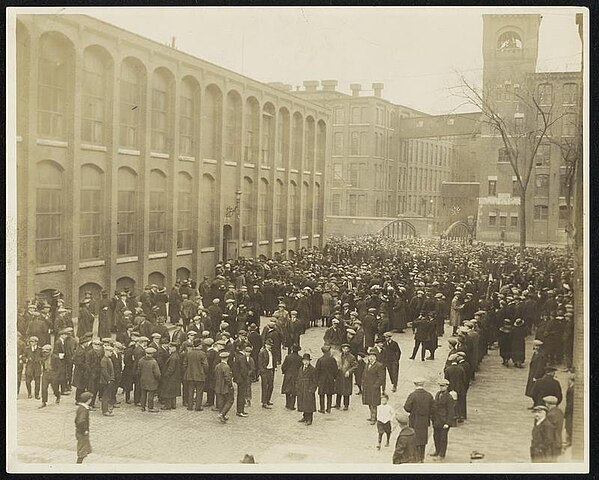
In the midst of the boom of the Industrial Revolution, the stark contrast between the prospering factory owners and the struggling working class became increasingly evident. As factories mushroomed and production soared, so did the exploitation of the labor force. With workers facing deplorable conditions, abysmally low wages, and dangerously long hours, the seeds of dissent began to sprout. The collective misery and shared experiences of the working class acted as the catalyst for the emergence of labor movements and unions.
These labor unions were more than just associations; they were the voice of the voiceless, challenging the unchecked powers of the industrial elites. They fought for a vision of the industrial world where the rights and dignity of every worker were respected. Demanding reasonable working hours, safer working environments, and fair compensation, these unions used strikes and protests as powerful tools to draw attention to their cause. Such actions often brought entire cities to a standstill, emphasizing the essential role the working class played in the economy.
However, these protests and strikes were not without opposition. Factory owners, with their considerable influence and resources, often retaliated, sometimes using private security or even state militias to suppress these movements. Yet, despite facing such daunting odds, the resilience and tenacity of the labor movements eventually led to significant reforms. Over time, many of their demands became standard rights for workers in many parts of the world, serving as a testament to the profound impact of these unions on shaping the modern industrial workforce.
Social Stratification: The Wealth Divide in the Era of the Industrial Revolution
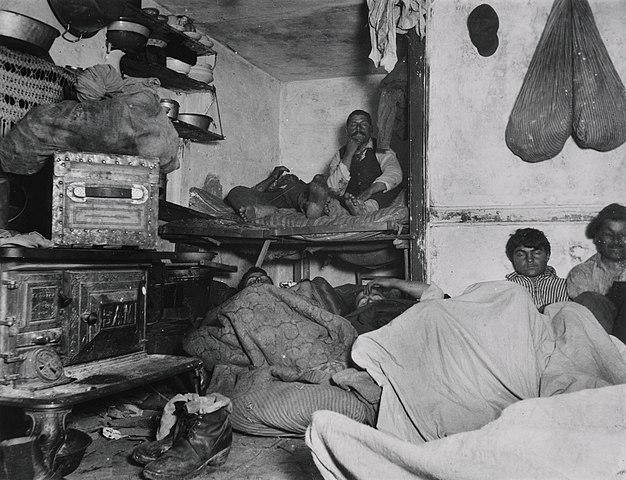
The Industrial Revolution, for all its groundbreaking advances and unparalleled economic growth, had an often understated side effect: the deepening gulf between the haves and the have-nots. The sprawling factories and towering smokestacks symbolized not just industrial might, but also a seismic shift in wealth distribution. Factory owners, investors, and industrial magnates, often termed the “captains of industry”, experienced unprecedented wealth accumulation, living lives of luxury and influence. Their affluence was in stark contrast to the vast majority of their employees, who trudged through long hours in the factories, only to return to cramped and often unsanitary living conditions.
While these industrial barons dined in opulence, many of their workers struggled to meet basic needs, with families often crowded into squalid tenements. These living conditions starkly juxtaposed with the grand mansions and estates of the wealthy, creating visible markers of the economic disparities. The cities, with their distinct areas of affluence and poverty, became physical representations of this divide.
This widening chasm between the wealthy elite and the impoverished working class didn’t just manifest in material terms; it also seeded social and political tensions. The stark differences in living conditions, opportunities, and future prospects between the classes became a focal point for societal discontent. The visible disparities fueled discussions about equity, justice, and the role of capitalism, laying the groundwork for social reform movements and political ideologies that sought to address these imbalances.
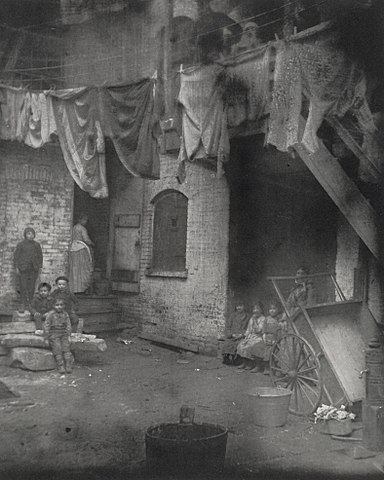
The Echoes of Industrial Change
In retrospect, the vast machinery of the Industrial Revolution didn’t just alter the mechanics of production; it engineered a profound metamorphosis of the working class. The once self-reliant artisans and farmers found their roles redefined, boxed into factory schedules and hemmed in by the rhythmic hum of machines. These shifts, from wage dependency to the fight for workers’ rights, from the disparity in wealth to the urgent need for skill adaptation, charted a course for societal upheaval that resonated deeply within the very core of working-class communities.
Yet, amidst the tumult and transformation, the foundation for the modern working class was being laid. The adversities faced by workers of the Industrial Revolution spurred advocacy for better conditions, fostering unity and solidarity that would influence labor movements for centuries. Today’s working-class owes much to those tumultuous times; the legal safeguards, rights, and even the very nature of modern employment have their roots in that era of soot, steam, and ceaseless change. The shadows of the past, with its struggles and triumphs, continue to shape the contours of the contemporary working world, a testament to the indomitable spirit of those who once stood at the frontline of industrial change.

